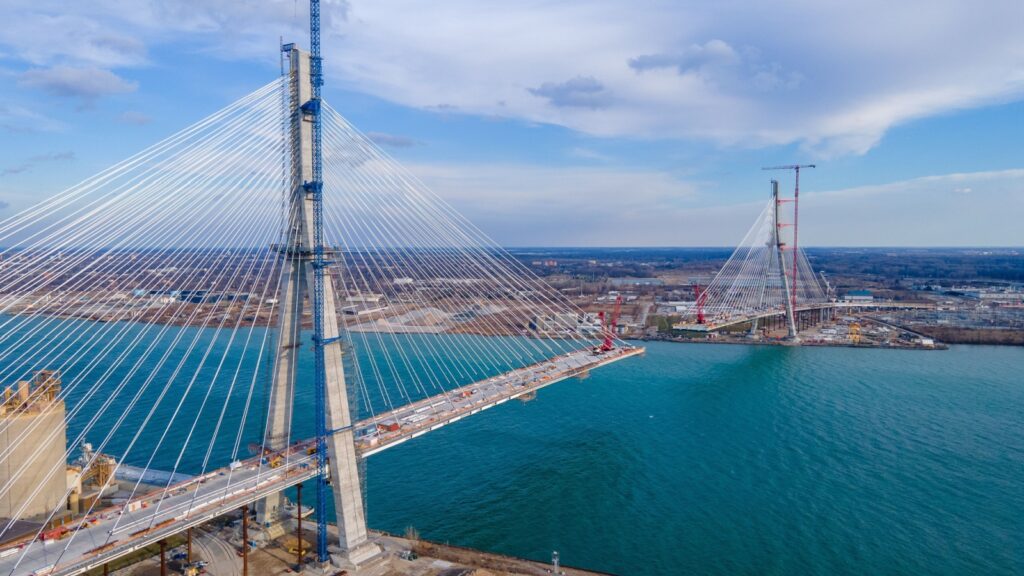From resilient public transit systems to smart energy grids and innovative housing strategies, Canada is future-proofing its cities with forward-thinking policies and tech-driven solutions. These upgrades are also long-term investments that prioritize sustainability, accessibility, and resilience. Here are 20 reasons Canadian infrastructure is years ahead of America’s:
Toronto’s Underground PATH System

Spanning over 30 kilometers, Toronto’s PATH is the largest underground pedestrian walkway in North America. It links office towers, shopping centers, Union Station, and subway stops, all shielded from harsh winter weather. While U.S. cities often lack pedestrian-first infrastructure, PATH offers a weatherproof, car-free way to navigate downtown. It boosts foot traffic for businesses, reduces congestion above ground, and enhances safety and accessibility. With urban density rising, PATH is proof that cities can grow without sacrificing walkability or comfort.
Vancouver’s Separated Bike Lane Network

While many U.S. cities are still debating bike lanes, Vancouver’s network of protected, separated bike lanes has been changing commuter culture for years. Over 320 kilometers of connected paths make cycling a practical and safe option year-round. With bike counters, green lights timed for cyclists, and integrated connections to SkyTrain stations, Vancouver’s system is designed for real-world use, not just weekend leisure. It’s a case study in how smart infrastructure planning can reduce car dependency, cut emissions, and boost livability, all without waiting for federal road funding debates.
Toronto’s Deep Lake Water Cooling System

Instead of using energy-hungry air conditioners, over 100 buildings in downtown Toronto, including hospitals and office towers, are cooled using water from Lake Ontario. The system, one of the largest of its kind globally, uses naturally cold lake water to cool entire districts, dramatically reducing energy use and emissions. This innovation not only saves money and improves air quality, but also takes pressure off the grid during heat waves. It offers a blueprint for sustainable urban infrastructure that is years ahead of most American HVAC solutions.
Canada’s National Building Code Climate Updates

While U.S. building codes vary wildly by state and often lag behind science, Canada’s National Building Code is being overhauled to address climate resilience head-on. New updates include stricter requirements for energy efficiency, flood mitigation, and insulation, ensuring that homes and buildings can withstand climate shocks. These forward-thinking changes reflect a national effort to prepare infrastructure for rising temperatures and extreme weather. It’s proactive, not reactive, and stands in stark contrast to America’s fragmented and often outdated code enforcement landscape.
The Gordie Howe International Bridge
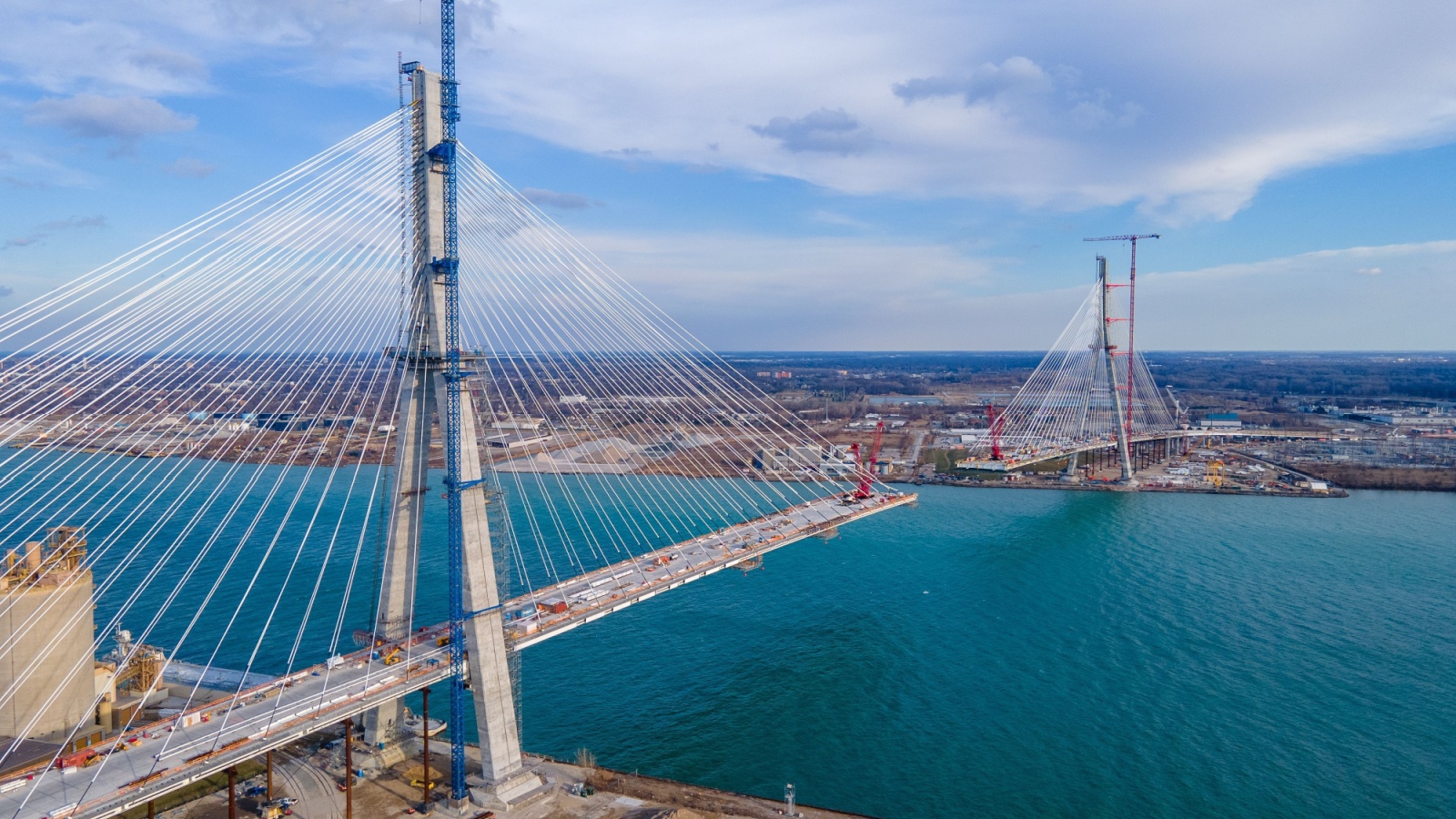
Set to open between Windsor, Ontario, and Detroit, Michigan, the Gordie Howe International Bridge is more than just a new crossing; it’s a symbol of future-proof trade infrastructure. Primarily funded by Canada, the six-lane bridge includes state-of-the-art customs facilities and smart technology for freight flow. Unlike aging American border crossings, this project was planned with long-term traffic patterns, climate goals, and economic efficiency in mind.
Calgary’s District Energy Strategy

Calgary is investing heavily in district energy, which is centralized heating and cooling systems that serve multiple buildings from one efficient source. These systems drastically reduce greenhouse gas emissions, lower energy bills, and allow for better control during energy demand spikes. The East Village and downtown core are already benefiting from this technology, which outperforms traditional building-by-building HVAC setups common in the U.S. It offers a smart infrastructure solution that prioritizes sustainability and urban density, proving that Calgary is thinking long-term. At the same time, many American cities remain stuck with outdated systems and higher emissions.
Canada’s Universal Broadband Fund

While rural America continues to struggle with internet blackouts and patchy coverage, Canada launched its $3.2 billion Universal Broadband Fund to ensure high-speed internet reaches even the most remote communities. The goal is to provide speeds of at least 50 Mbps download and 10 Mbps upload to 98% of the country. This investment is vital infrastructure for education, healthcare, remote work, and economic opportunity. From Indigenous communities in the north to farming towns in the Prairies, Canada’s commitment to digital inclusion sets it well ahead of U.S. infrastructure efforts.
Quebec’s Electrified Public Transit Fleet
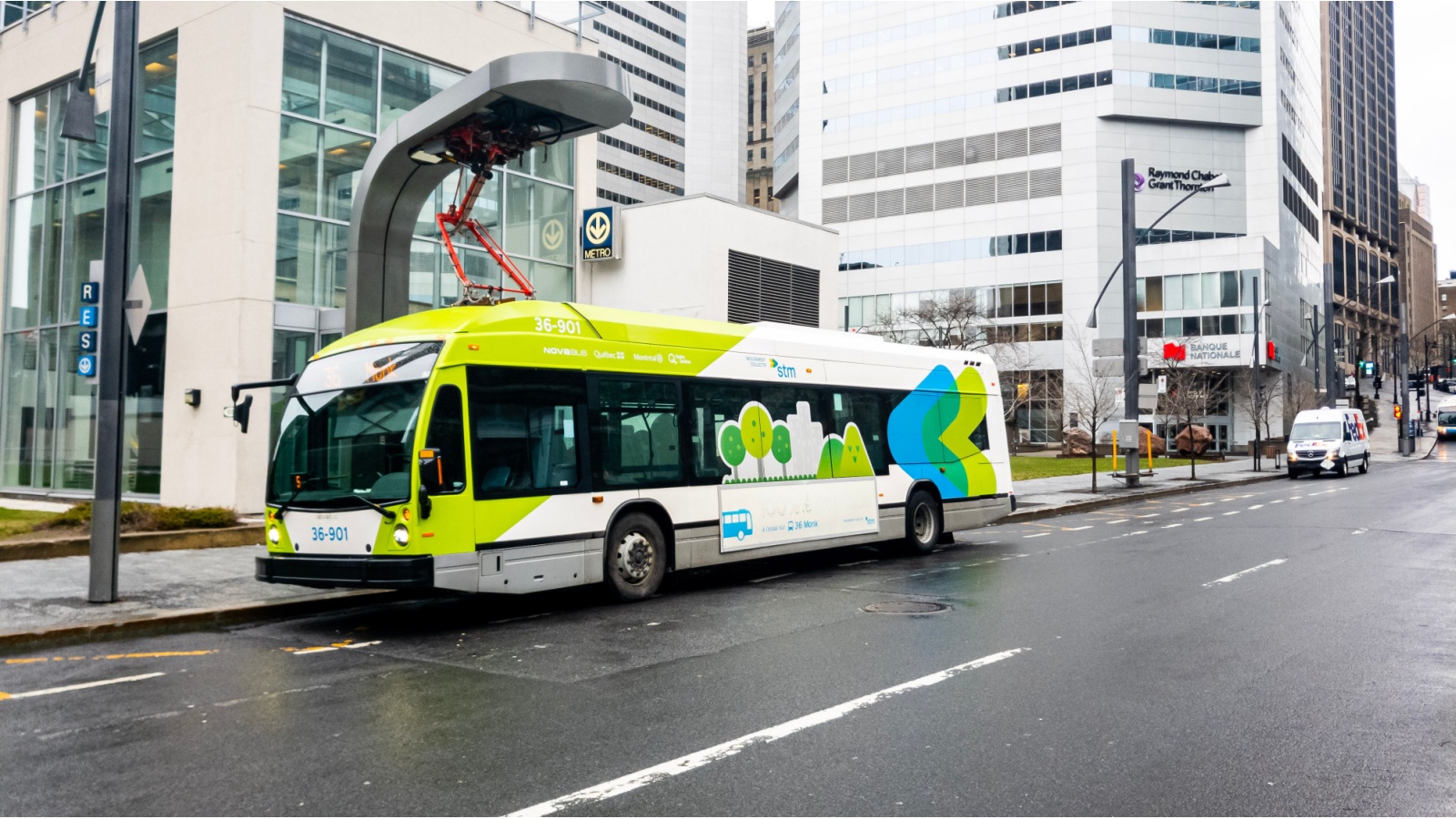
Quebec is electrifying its public transportation systems faster than most American states. With electric buses rolling out across Montreal and Quebec City, and plans for full fleet conversion within the decade, the province is reducing emissions while modernizing mobility. Quebec’s strategy includes fast-charging stations, battery recycling infrastructure, and grid integration, all missing links in many U.S. plans. Paired with local manufacturing from companies like Nova Bus, the electrification effort is not only eco-friendly but also supports regional industry through a comprehensive approach.
Canada’s Green Infrastructure Bank

Unlike the U.S., which lacks a national infrastructure bank, Canada established the Canada Infrastructure Bank (CIB) to fund transformative public-private partnerships. With $35 billion earmarked for projects like zero-emission transit, renewable power, and smart cities, the CIB is designed to fast-track projects that align with climate and innovation goals. It offers patient capital, reduces financial risk for municipalities, and encourages long-term planning, which is something sorely missing in America’s year-by-year budgeting chaos.
Regina’s Wastewater Treatment Facility

Regina’s state-of-the-art wastewater treatment plant is a model of sustainability, efficiency, and climate readiness. Completed through a public-private partnership, the facility meets some of the most stringent environmental standards in North America. It recycles wastewater for industrial use, reduces phosphorous discharge to protect downstream ecosystems, and is built to withstand future climate pressures. While many American cities still rely on aging, leaky sewer systems prone to flooding and contamination, Regina proves that forward-thinking engineering and innovative funding models can deliver clean, resilient water infrastructure now.
Vancouver’s Seismic-Resilient Infrastructure
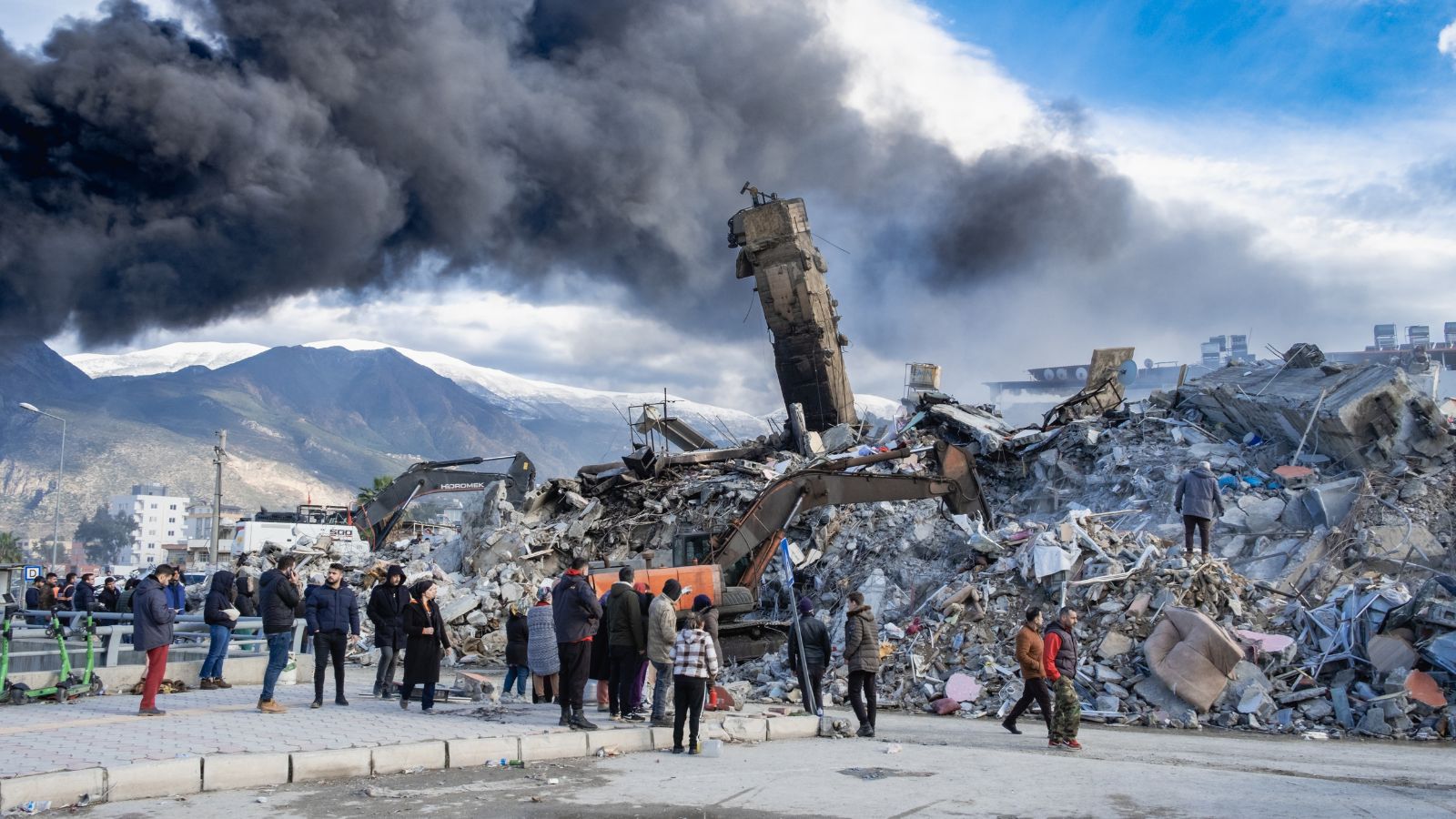
Situated on a fault line, Vancouver has invested in making its infrastructure earthquake-resilient, a priority often ignored in comparable American cities. From retrofitted bridges and reinforced water mains to quake-resistant hospitals, Vancouver’s building codes and municipal planning reflect a proactive rather than reactive mindset. The city’s seismic upgrade program spans decades and integrates urban planning with emergency preparedness. Meanwhile, many U.S. West Coast cities lag in enforcing quake-proof standards.
Ontario’s High-Speed Rail Plans
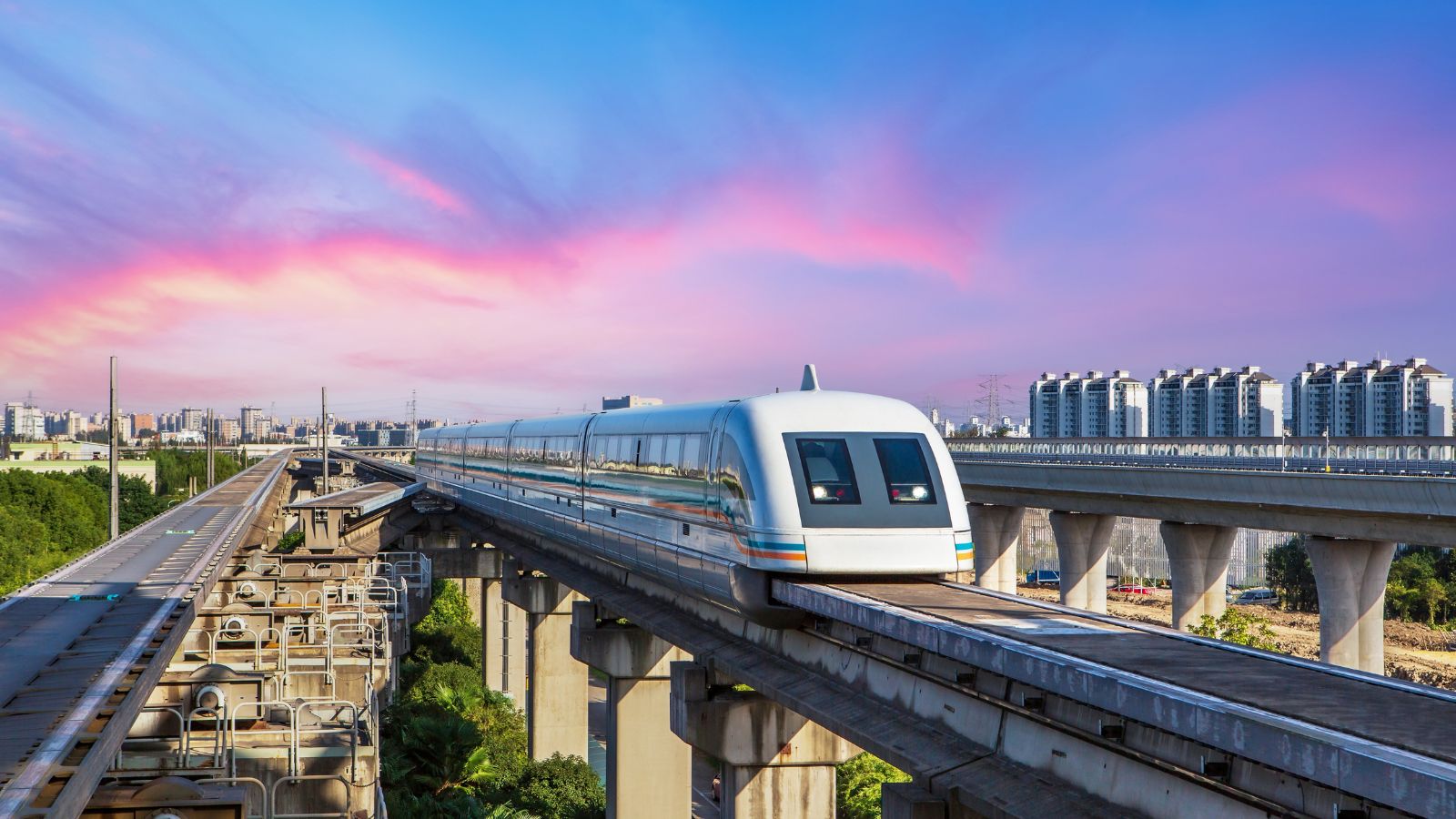
While high-speed rail in the U.S. remains mostly an unfulfilled promise, Ontario is steadily laying the groundwork for real change. The proposed Toronto-Windsor high-frequency rail corridor aims to slash travel times, reduce highway congestion, and lower emissions with electrified trains. These plans are backed by federal funding and environmental assessments already underway. The line will serve both commuters and regional travelers, similar to successful models in Europe and Asia. Compared to American delays and budget overruns, this methodical approach demonstrates that Canada is serious about modernizing intercity travel.
Edmonton’s Smart Traffic Management System

Edmonton is deploying one of North America’s most advanced traffic management systems, using AI and real-time data to optimize traffic flow, reduce emissions, and improve road safety. Smart signals adjust to changing traffic volumes, minimizing idle time at red lights, while predictive analytics help prevent congestion before it starts. The system integrates seamlessly with public transit and emergency services. American cities often rely on outdated signal timing and siloed traffic departments, while Edmonton’s data-driven infrastructure shows how Canadian cities are quietly creating more livable, efficient urban environments through intelligent design.
Canada’s Integrated Disaster Response Networks

Canada has developed robust, interconnected systems for disaster response, especially in climate-vulnerable areas like British Columbia and the Prairies. Through agencies like Public Safety Canada and partnerships with provinces and First Nations, infrastructure planning includes early warning systems, evacuation routes, and resilient communications grids. The U.S., by contrast, often suffers from fragmented jurisdiction and politicized disaster response. Whether it’s flood mitigation in Manitoba or wildfire management in Alberta, Canada’s infrastructure is more cohesive, responsive, and future-ready, focused not only on recovery but on long-term community resilience.
Toronto’s Waterfront Revitalization
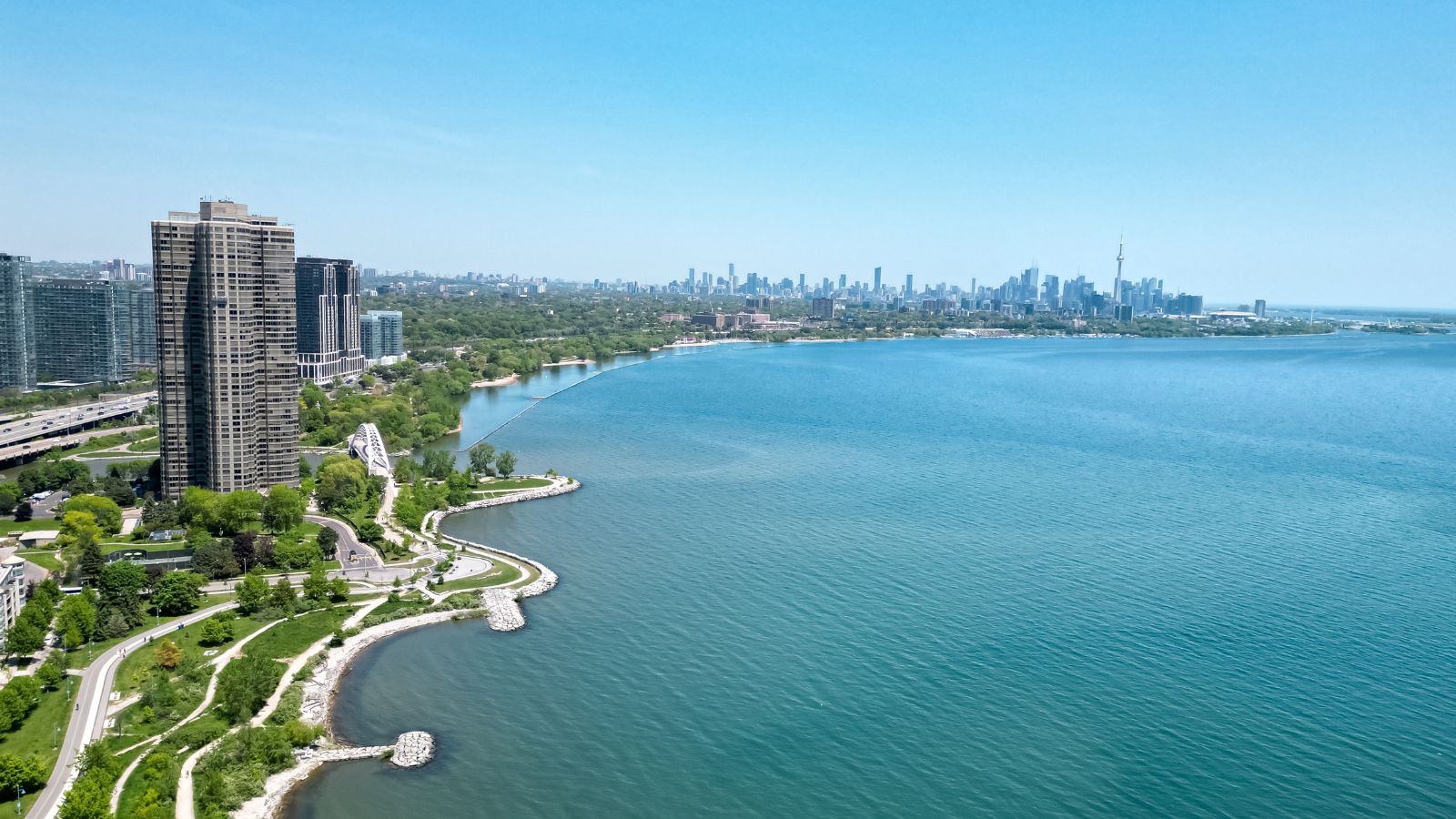
Toronto’s waterfront redevelopment is a generational project transforming once-neglected industrial land into a smart, green, and flood-resilient urban hub. The $1.25 billion Port Lands Flood Protection project is reshaping the Don River to prevent catastrophic flooding, while simultaneously enabling new neighborhoods, parks, and transit. It integrates green infrastructure, Indigenous design principles, and sustainable architecture, and few American cities are investing at this scale with such a long-term vision.
Montreal’s REM Light Rail Revolution
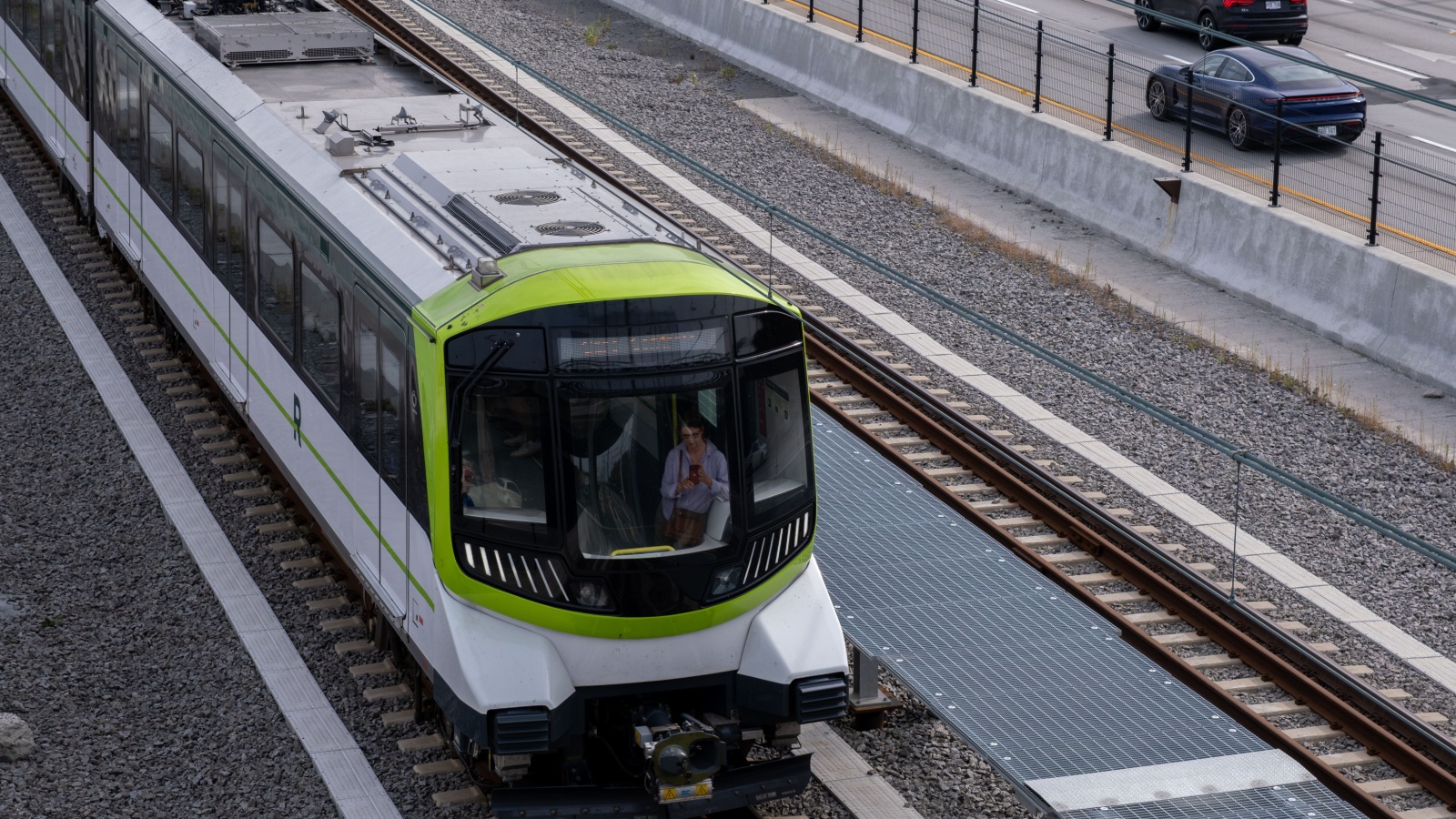
Montreal’s Réseau express métropolitain (REM) is one of the largest automated light rail projects in the world, and it is entirely electric. Designed to link suburbs, downtown, and the airport, the REM is a modern alternative to traffic-clogged highways. It operates 20 hours a day, fully driverless, and is integrated with the city’s existing public transit network. While American cities continue to grapple with aging infrastructure and underfunded upgrades, Montreal is making a bold investment in the future, as the REM signifies a tangible commitment to mobility, climate goals, and world-class urban planning.
Nunavut’s Innovative Cold Climate Construction
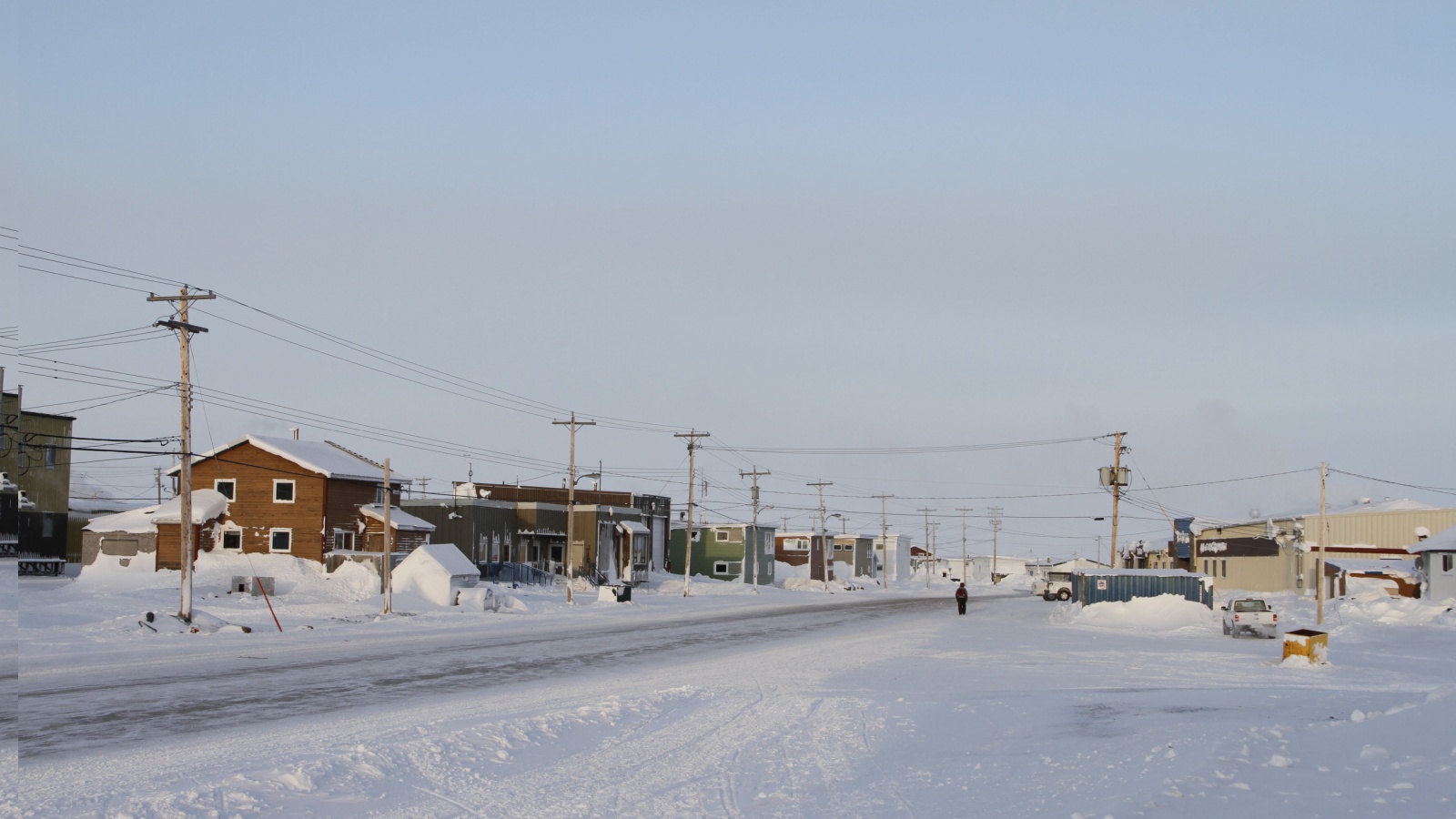
Building infrastructure in Nunavut is no small feat. Yet Canada has turned Arctic construction into an art form, using permafrost-friendly foundations, modular housing, and fly-in logistics to serve remote communities. Unlike much of the U.S., where rural areas often face infrastructure neglect, Canada is committed to maintaining roads, airstrips, and housing in some of the world’s harshest environments. Government funding supports research and adaptation strategies, ensuring communities are not left behind.
Calgary’s World-Leading Green Building Standards

Calgary has become a surprising leader in green infrastructure, with numerous LEED-certified buildings and aggressive municipal efficiency targets. The city’s new public libraries, recreation centers, and corporate towers are built to net-zero or near-net-zero standards. Developers are encouraged and sometimes required to build for both energy efficiency and climate resilience. While American cities often struggle with fragmented or voluntary standards, Calgary’s unified approach streamlines green innovation.
Atlantic Canada’s Coastal Resilience Projects

In response to rising sea levels and more frequent storms, provinces like Nova Scotia and New Brunswick are implementing large-scale coastal protection strategies, which include everything from artificial reefs and salt marsh restoration to seawall redesigns and relocation incentives. These projects are backed by science, community consultation, and clear climate adaptation funding. In many coastal U.S. regions, similar efforts are stuck in political gridlock or underfunded, while Atlantic Canada’s proactive, community-driven planning puts it years ahead in preparing for climate-related challenges.
Cross-Provincial Energy Grids That Actually Work
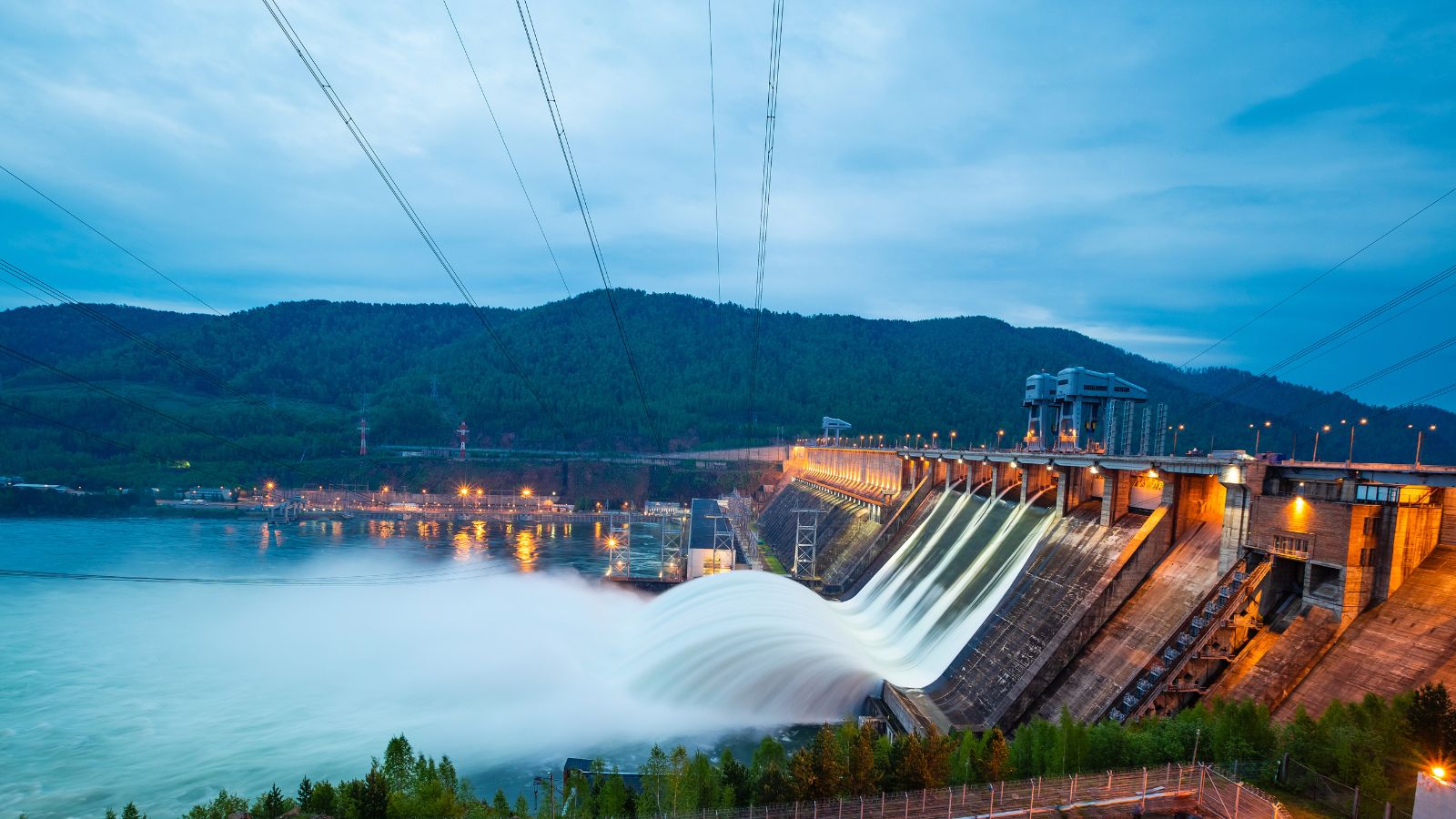
Canada’s interprovincial electricity grids are quietly showing the world how energy can be shared efficiently. Provinces like Manitoba, Quebec, and British Columbia produce more hydroelectricity than they need and export it to other provinces or even U.S. states. These grids are managed through long-term cooperation, unlike America’s fragmented, often privatized systems, resulting in more stable pricing, lower emissions, and improved energy security. In an era where grid reliability is more critical than ever, Canada’s cooperative infrastructure model offers lessons on sustainability, reliability, and foresight that many countries, and especially the U.S., could learn from.
21 Products Canadians Should Stockpile Before Tariffs Hit

If trade tensions escalate between Canada and the U.S., everyday essentials can suddenly disappear or skyrocket in price. Products like pantry basics and tech must-haves that depend on are deeply tied to cross-border supply chains and are likely to face various kinds of disruptions
21 Products Canadians Should Stockpile Before Tariffs Hit
